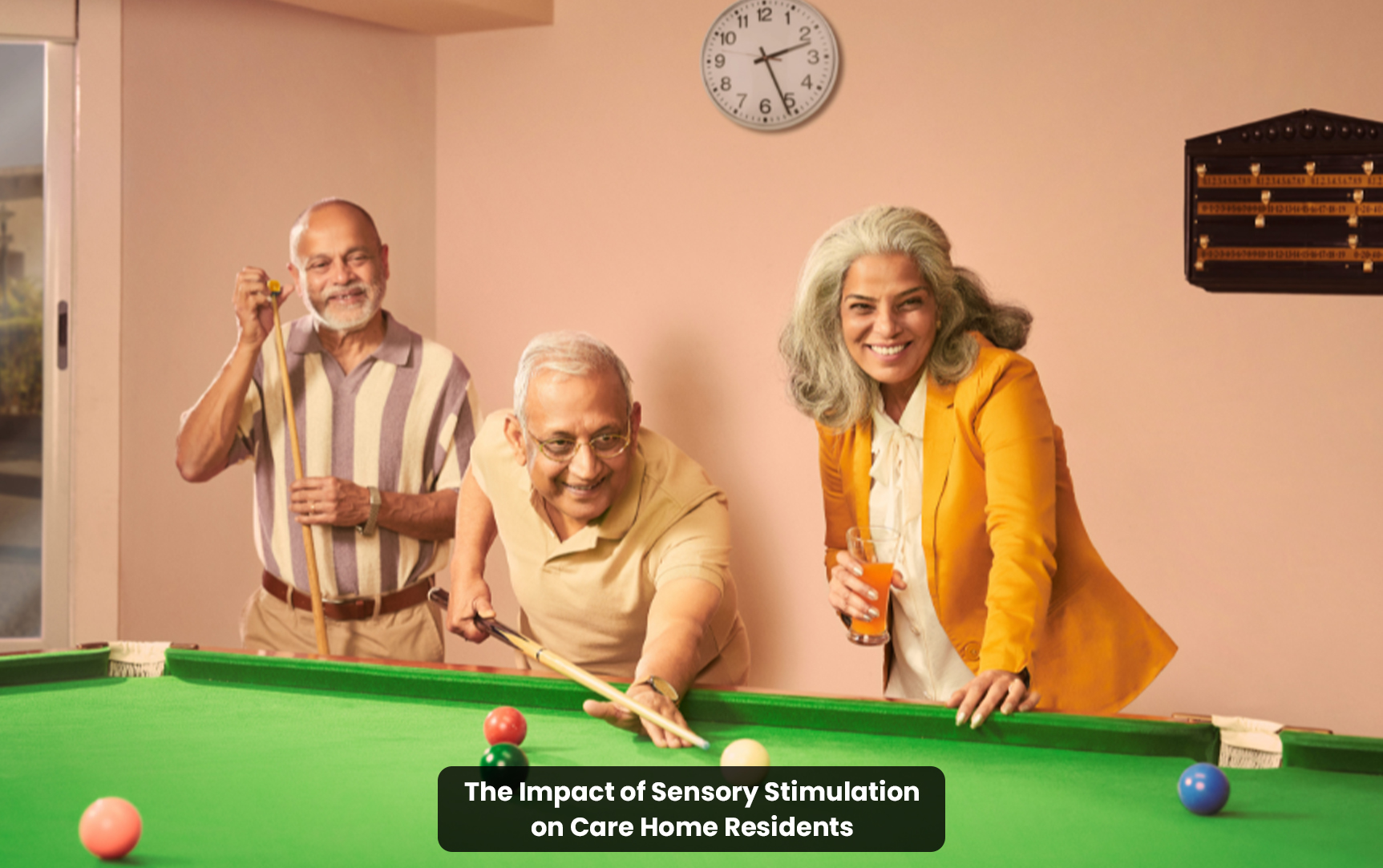
Sensory stimulation focuses specifically on engaging the five senses (sight, sound, touch, taste, and smell) to promote emotional, cognitive, and physical well-being. Unlike traditional care activities, sensory stimulation is often tailored to evoke memories, trigger positive emotions, or improve specific cognitive functions.
Yes, sensory stimulation is especially beneficial for residents with severe cognitive impairments, such as advanced dementia. Even simple activities like listening to familiar music or feeling different textures can evoke positive responses and provide comfort.
Care homes can adapt sensory activities to accommodate residents with physical disabilities by offering seated or guided activities, using lightweight materials, and providing one-on-one assistance when needed.
Families can play an important role by sharing personal insights into the resident’s preferences, such as favourite scents, songs, or foods, which can make sensory activities more meaningful and effective.
Ideally, sensory activities should be part of daily routines, either through structured sessions or integrated into everyday experiences, such as mealtimes or relaxation periods.
Staff should be trained in understanding sensory needs, using sensory tools safely, and adapting activities to suit individual preferences and abilities. Regular workshops or certifications in sensory therapy can be beneficial.
While sensory stimulation is not a replacement for medical treatment, it can complement care plans by reducing stress and promoting relaxation, potentially lowering the need for certain medications.
Sensory activities like soothing music, calming scents, or gentle touch can provide comfort and reduce anxiety for residents in end-of-life care, fostering a peaceful environment.
Ashiana, Ashiana Housing build homes. Homes surrounded by vast green spaces and fresh breeze. Homes cocooned in secured gated complexes. Homes where futures are forged and there are opportunities to grow. And Homes in environments brimming with healthy activity, trust and respect. At heart, we build communities with care.
Other posts by Ashiana
Join 1000+ of fellow readers. Get expert real estate knowledge straight to your inbox absolutely free. Just enter your email address below.